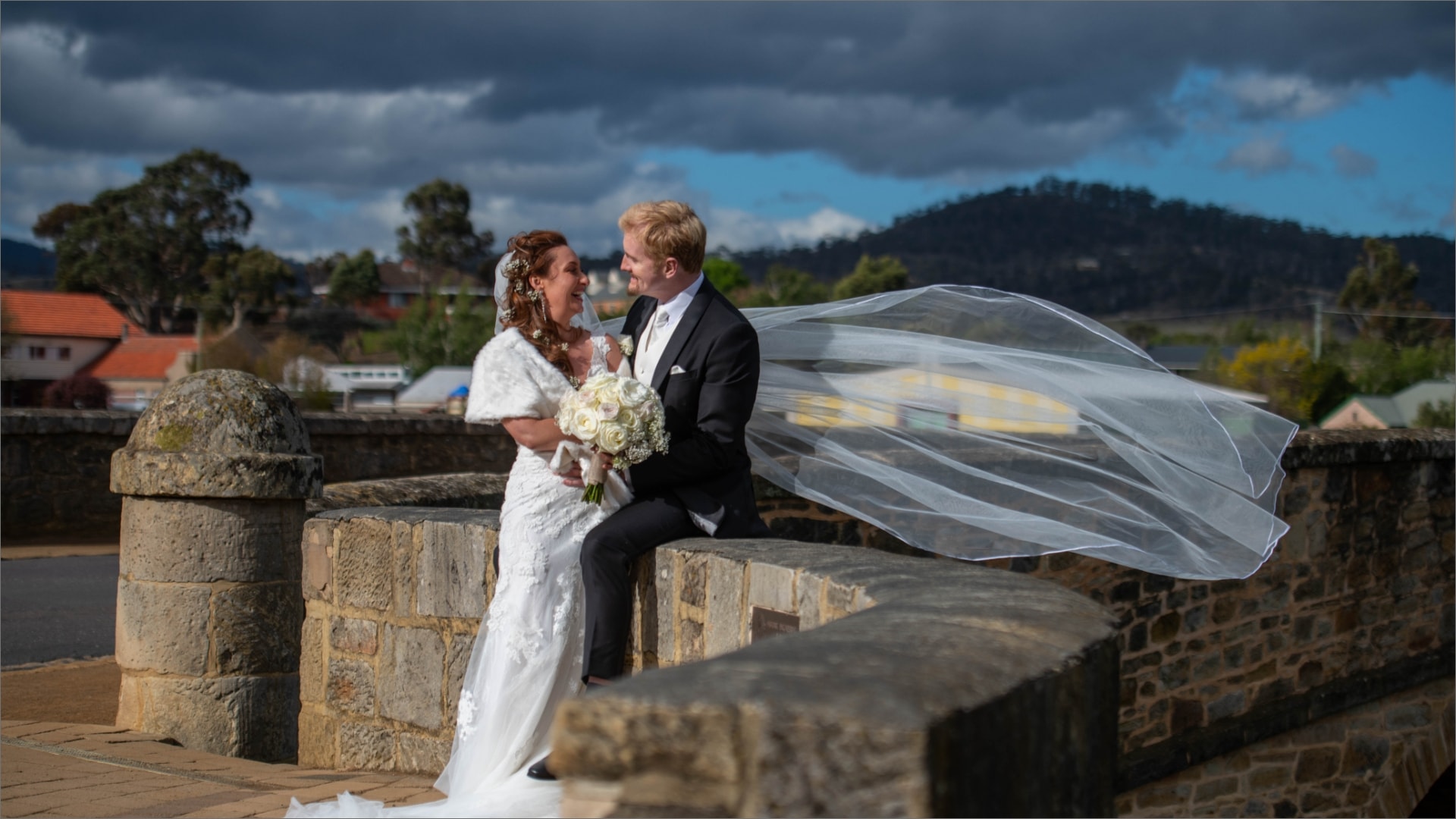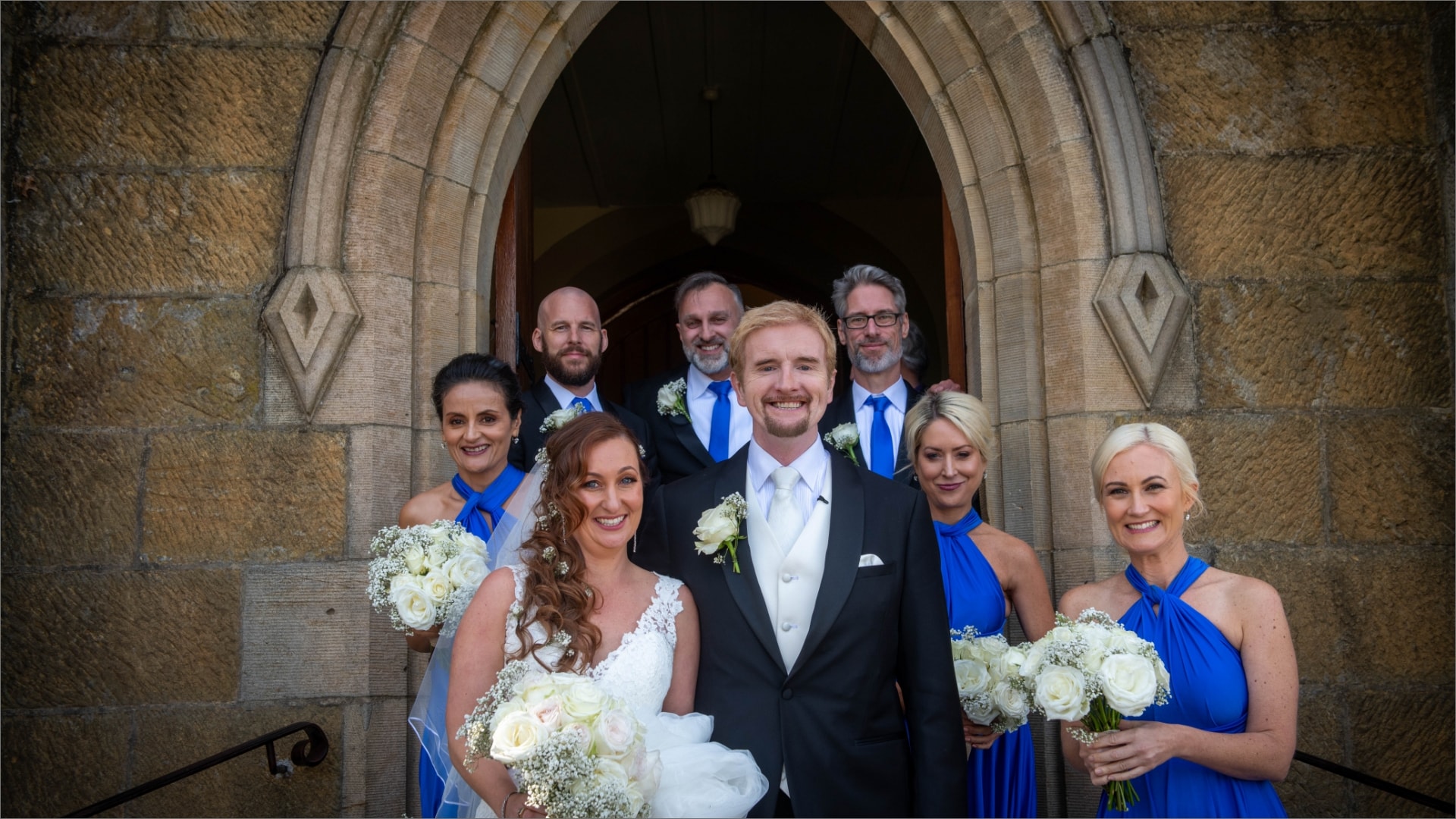
19. 10. 19

Saint John the Evangelist Catholic Church
Logan on Love
Love is a wild animal that is easy to capture, but incredibly hard to tame. In its natural state, love exists and we observe it. But no sooner do we observe it than it changes form. By loving we become part of it, and it a part of us. There are many forms of love. One can love one’s favourite TV show. One can love one’s parents. One can love a flavor of ice-cream. But it is in the act of being ‘in love’ that best defines the term. For nothing quite clarifies and codifies love as both a verb and a noun than the act of being. For it is in this that we lose the ‘I’ and succumb to the ‘We’. That we become the observer and the observed. And thus we too, are changed forever.
Kristi on Love
Love is a strong and constant emotion that requires a leap of faith. The feeling of love always makes you want to dance. It makes you put your own needs aside and fills your stomach with butterflies. Love makes your head go crazy (but good crazy!). It can make you feel secure and insecure all at the same time, and make you do things you normally wouldn’t do. Love brings you peace and fills you with a powerful healing energy that can calm your soul or shake to your core. Love teaches us who we are and helps us grow and change. Love knows no boundaries. It can make you lose yourself. Love is unconditional. Love is what we are all searching for.
Logan on Love
Love is a wild animal that is easy to capture, but incredibly hard to tame. In its natural state, love exists and we observe it. But no sooner do we observe it than it changes form. By loving we become part of it, and it a part of us. There are many forms of love. One can love one’s favourite TV show. One can love one’s parents. One can love a flavor of ice-cream. But it is in the act of being ‘in love’ that best defines the term. For nothing quite clarifies and codifies love as both a verb and a noun than the act of being. For it is in this that we lose the ‘I’ and succumb to the ‘We’. That we become the observer and the observed. And thus we too, are changed forever.

Kristi on Love
Love is a strong and constant emotion that requires a leap of faith. The feeling of love always makes you want to dance. It makes you put your own needs aside and fills your stomach with butterflies. Love makes your head go crazy (but good crazy!). It can make you feel secure and insecure all at the same time, and make you do things you normally wouldn’t do. Love brings you peace and fills you with a powerful healing energy that can calm your soul or shake to your core. Love teaches us who we are and helps us grow and change. Love knows no boundaries. It can make you lose yourself. Love is unconditional. Love is what we are all searching for.




The Bridal Party
The role and duties of bridesmaids and groomsmen have changed and evolved over the years and were historically very different from those we know today. In ancient Rome for example, there was a law that required that witnesses be present at a wedding – five bridesmaids and five groomsmen to be exact. With the bridal party required to dress exactly like the bride and groom in order to confuse evil spirits so they couldn’t harm the newlyweds on their wedding day.
Groomsmen
In Anglo-Saxon wedding tradition, the groomsmen – also known as the ‘Bride’s Knights’ – were in charge of fending off angry mobs and disgruntled family members who sought to interfere with the kidnapping of the bride prior to her big day. (Kidnapping apparently being the medieval equivalent of ‘going courting’!) Groomsmen were also charged with protecting the bride during the wedding as well as during her transportation to and from the wedding, just in case her irate family and their clansmen turned up on the day, sword and axe in hand, to try and snatch her back!

The Best Man
The all-important role of the best man originated from the Germanic Goths in the 16th century and followed much the same path as the Anglo-Saxon tradition; with the ‘Best Man’ given this title because he was the “best swordsman”, and was the perfect choice to lead the raid to capture the would-be bride from her family. During the wedding ceremony itself, the best man would stand next to the bride at all times to make sure that no one could harm her or steal her away. Additionally, he was also in charge of making sure the bride didn’t do a runner!
The Matron (or Maid) of Honour
Unlike the role of the Best Man, the duties of the Matron (or Maid) of Honour really haven’t changed that much down through the centuries. In ancient Rome, the Matron of Honour was an older and married friend of the bride-to-be. With the Maid of Honour being an unmarried (and often younger) version, if no Matron of Honour was available. The Matron (or Maid) of Honour performed much the same duties as their modern counterparts and attended the bride-to-be in all her pre-wedding needs. With the additional requirement being that the Matron (or Maid) of Honour was in charge of joining the right hands of the couple for the first time during the ceremony. In Middle-Age Anglo-Saxon and Germanic weddings, the Matron (or Maid) of Honour was also in charge of convincing the (oft-times kidnapped) bride-to-be that she should accept her lot. And that she would learn to love her kidnapper…err, husband, in time. She was also in charge of having the all-important ‘Birds and the Bees’ conversation with the bride-to-be, prior to their wedding night. This being another reason why an older, married ‘Maid of Honour’ was the preferred choice, as she was more knowledgeable in such things.
Bridesmaids & Groomsmen

Tracy
Maid of Honour
Jennifer
Bridesmaid
Michelle
Bridesmaid
Patrick
Best Man
Tony
Groomsman
Stuart
Groomsman
Tossing of the Bouquet
We all know about the tradition of tossing the bouquet to the female guests as the bride leaves the church, with the lucky recipient of the flowers next in line to get married. This lovely tradition dates back many hundreds of years and ties into a belief that it was thought to be good luck to touch the bride after she’d said: “I do”. It also tied into the fact that everything the bride had with her when she was joined by God in holy matrimony, was thought to bring good fortune. Unfortunately, this seemingly harmless belief often descended into a free-for-all where the bride’s wedding dress (amongst other things) was practically torn off her as she left the church, by all the single ladies present. Consequently, brides took to tossing the wedding bouquet into the crowd as they left the church, to distract people; thus allowing her and her groom time to make good their escape to their wedding carriage. In a lesser known extension of this tradition, the groom would also – prior to them driving off – open the door of their carriage and toss out the bride’s garter once they were inside to one of their lucky groomsmen.
In an interesting bit of related trivia: in Anglo-Saxon weddings, instead of a bouquet, brides would actually throw one of their shoes to the bridesmaids rather than flowers as they left the church. It’s true! A shoe was tossed at their bridesmaids to see which one of them would marry next. And whoever caught the shoe would then hurl it at the groomsmen (who tried to dodge the shoe like their life depended on it!); with the first groomsman the shoe hit being the next person in line to get married.





